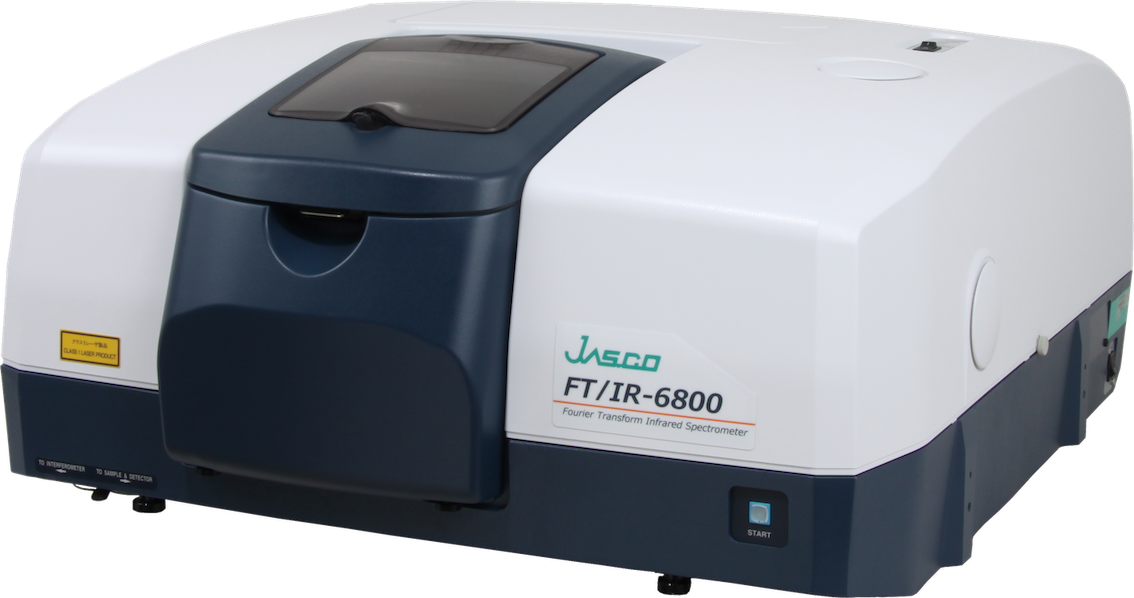Simple analysis of brominated flame retardants with far-infrared spectrometers

EU Directive for RoHS (The restriction of the use of certain hazardous substances in electrical and electronic equipment) was formally promulgated in 2003. According to the restriction, it was obligated for the electrical and electronic equipments manufacturers to bear the waste disposal cost of the products introduced into Europe. In addition, the use of 6 substances such as mercury, cadmium, lead, hexavalent chromium, PBB (Poly Brominated Biphenyl) and PBDE (Poly Brominated Diphenyl Ethers) stipulated by RoHS was prohibited from the 1st of July, 2006.
Along with the restriction, it is now imperative to judge the presence of the restricted substances and to analyze the contents in the products introduced to the market and recalled from the market. This is to report on the PBDE (Poly Brominated Diphenyl Ethers). It is possible simply to identify the presence of PBDE even by the conventional ATR method in the mid-infrared region.
However, the identification might be difficult depending on the resin type, the structural isomers and the homologs. Moreover, the absorption by some additives could be sometimes big obstruction.
On the other hand, their own peaks of the absorption due to additives and fire retardants sharply appear because there is little absorption of the plastics itself in the far-infrared region. Far Infrared spectroscopy is also quite powerful over the analysis of the isomer. Model FT/IR-6000 series offers the measurement range from the near-infrared to the far-infrared and can be one of the best tools for the analysis of Brominated Flame Retardants with their rich homologs.
